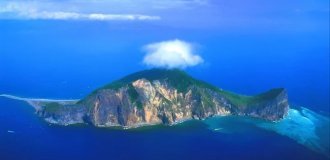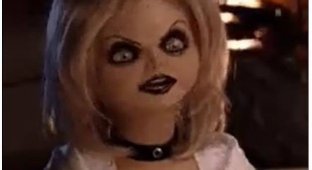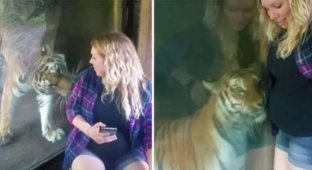Dobhar-chu: Lord of the Otters from the Lakes of Ireland (11 photos)
In the folklore of different countries there are characters that combine the traits of different animals. What more this mysterious hero of Irish folklore has is impossible to immediately determine. 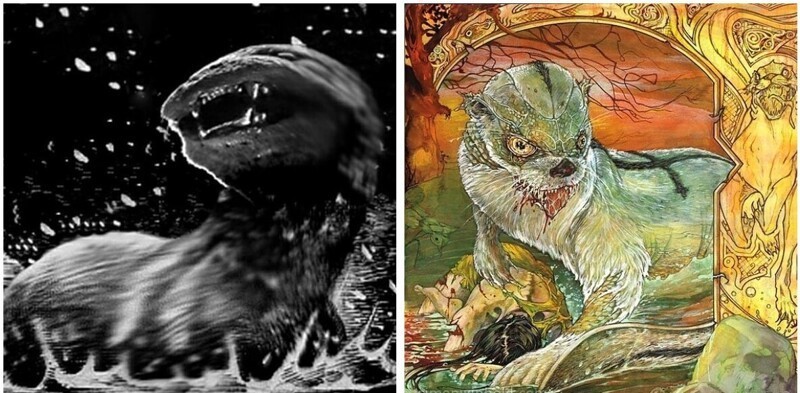
When people think of scary waterfowl, otters are usually not at the top of the list. After all, they are cute, even though they are predators. But what about an otter-wolf hybrid that is strong enough to break rocks with its head? This is real horror. 
Irish folklore itself is quite creepy. It is full of strange mythical creatures, and among them stands out the terrifying Dobhar-chu, a mythical creature that has captured the imagination of many generations. This strange beast is believed to be native to the lakes and reservoirs of Ireland and has been sighted numerous times over the years.
However, one case stands out from the others: a tragic story of the death of a woman and the subsequent revenge of her husband. Interestingly, unlike most folklore stories, there is evidence that it took place. And that Dobhar-chu might actually exist.
Monster of distant shores 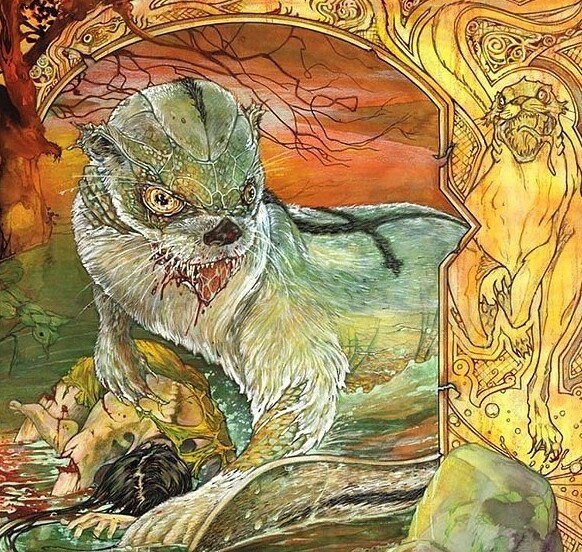
Stories about Dobhar-chu have been told for many centuries. Since we are talking about Irish folklore and oral histories, the details vary from story to story. Dobhar-chu is usually depicted as a kind of hybrid of dog and deer or dog and fish.
Witnesses often describe it as a dog with black or brown slimy fur. Others say he is white with black ears or even striped. More recently, in 2000, a royal otter, a large animal with dark fur and bright orange flippers, was spotted on the island of Owey in Connemara. 
The beast is estimated to be about 2 meters long, which is why some call it the Irish crocodile. However, this moniker is a bit misleading as the creature is said to have no other reptilian features.
According to legend, the skin of the beast has magical properties. It is believed that just one piece of skin will protect a ship from sinking, prevent a house from collapsing, and protect the owner from any harm.
Unfortunately, getting this skin is not so easy. The dweller of the deep is very tenacious, and Dobhar-chu can only be killed with a silver bullet. And, unfortunately, whoever kills him will die himself in exactly 24 hours.
This is not the worst yet. If your plans include hunting Dobhar-chu even in this situation, you will need serious protection. 
Legend has it that they are not averse to feasting on human flesh and always live in pairs. Although they live in water, they happily chase bipedal prey on land and are incredibly fast.
They are also strong enough to smash through huge boulders with their heads. Moreover, couples are faithful to each other throughout their lives. And woe to the one who kills one of the Dobhar-chu.
These creatures have been spotted all over Ireland and some believe they are migrating. They have been seen in lakes, rivers and on the coast of Ireland. For example, on May 1, 1968, two local residents spotted one of them on Achill Island. British folklorist Dr Catherine Briggs also found a report of Dobhar-chu being seen at Dhu Hill. He was presumably accompanied by over a hundred other common otters.
Legends of Dobhar-chu 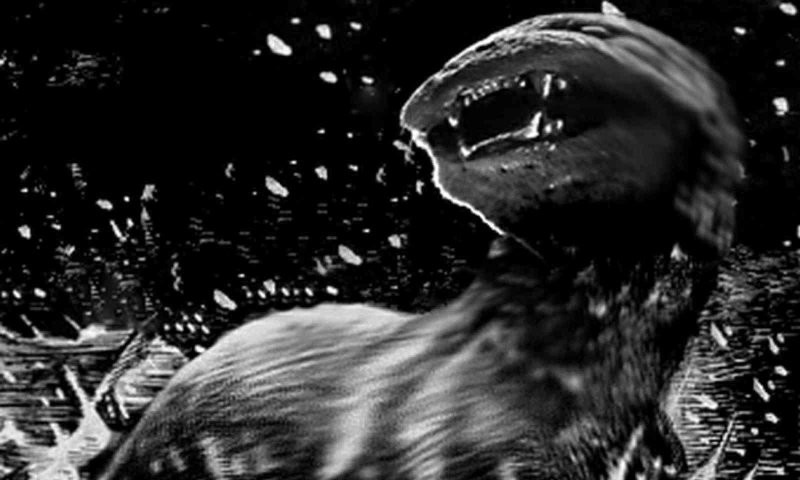
Although there have been many sightings of Dobhar-chu over the years, there are not many legends associated with it. There is actually only one that is well documented, although it has several different variations. 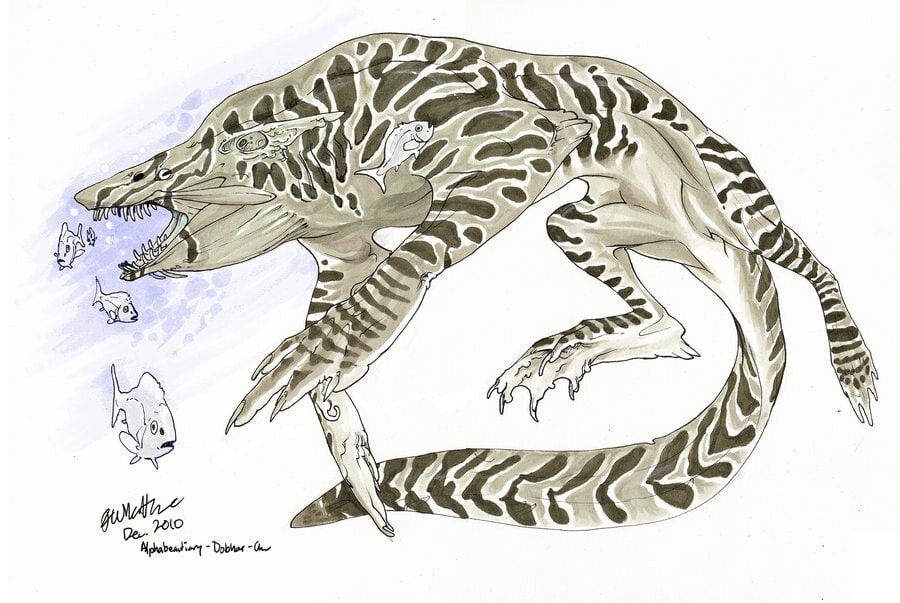
The story is about how on September 22, 1722, a woman named Grace Connolly was attacked while she was washing clothes in Glenade Lough, a lake in County Antrim. A huge monster jumped out of the water and attacked her. Soon after, her worried husband Terence went searching and found Dobhar-chu resting next to his wife's half-eaten body.
The enraged husband attacked the creature and either pierced it with a dagger or shot it with a gun. With its dying breath, the monster let out a blood-curdling scream that echoed throughout the area. This cry summoned a second monster from the lake, ready to feast on a person. 
This is where the details of the story get confusing. In some versions of the tale, the beast attacks Terence. He tries to run, but his frightened horse runs away. And Terence is forced to fight the second, larger Dobhar-chu.
However, in the most famous version of the story, told to folklorist Joe McGowan by local resident Patrick Doherty, things happened differently. Firstly, Terence had a companion (either a friend or brother), and secondly, his horse did not run away.
Terrence pulled out his blade and pierced the monster's neck with it when it tried to attack the horse.
Evidence of Dobhar-chu activity 
This is, of course, a funny story, but the most interesting thing about the legend is that it has evidence. In Conwall Cemetery in Glenada, County Leitrim, you can find a headstone depicting Dobhar-chu in his last moments.
The headstone is dedicated to Grace and her husband is listed as Ter McLoughlin (short for Terence). Supposedly Terence had a similar tombstone, but at some point it was lost.
Other than Grace's gravestone, there is no hard evidence. In 2000, Irish artist Sean Corcoran claimed to have spotted and photographed Dobhar Chu on the island of Owey while preparing a tourist guide to the area. He was so convinced of what he saw that he included his story in a guidebook, which was released on DVD in 2009. 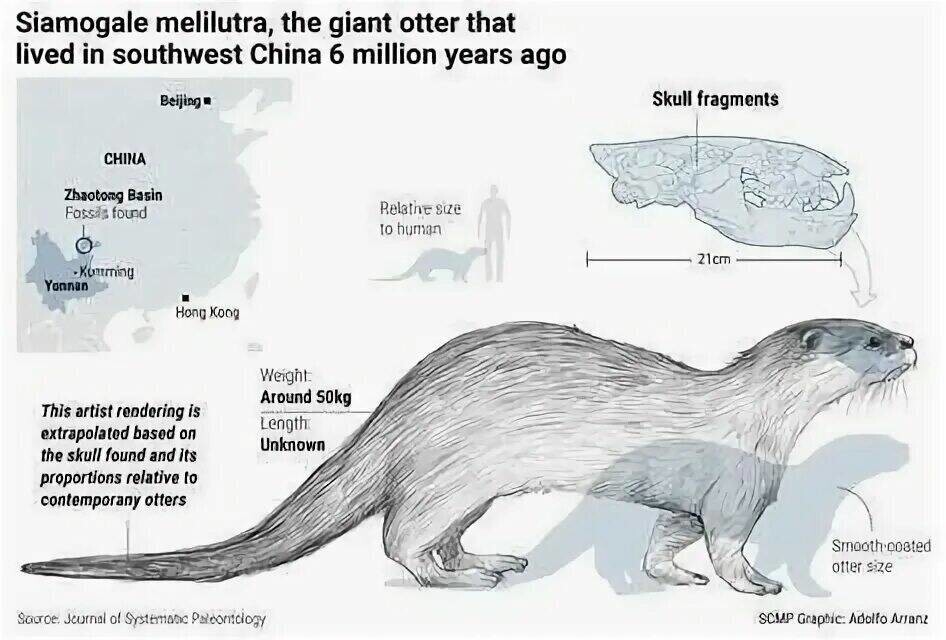
Siamogale melilutra
In recent years, Dobhar-chu has attracted the attention of cryptozoologists, who have come up with their own theories. Some of them are quite far-fetched and involve time travel, displaced Loch Ness babies and even fairies. However, one popular theory isn't so crazy.
It has been suggested that Dobhar-chu is a descendant of Siamogale melilutra, an ancient relative of the modern otter. These terrifying giant otters were the size of a large wolf, weighed about 50 kg and had powerful mouths that easily crushed the bones or shell of their prey.
The only problem with this theory is that Siamogale melilutra existed about 6 million years ago, and its fossils are only found in China. Dobhar-chu should be migratory, but, of course, not to that extent. 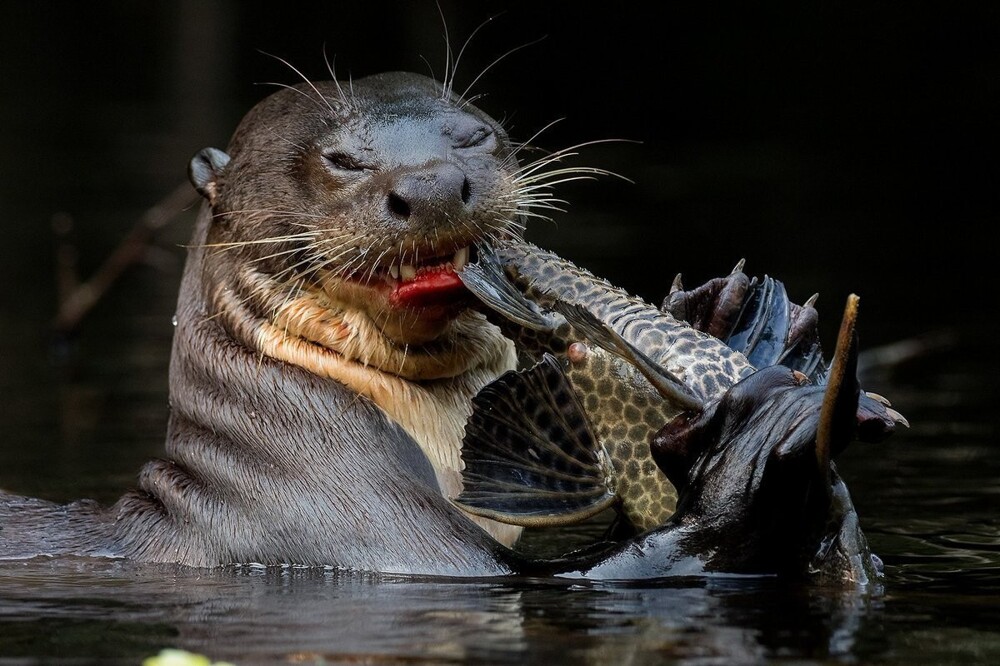
Amazonian otter
Giant otters still live in the Amazon. However, they are not large enough to be Dobhar-chu, and the same problem of geography applies to them: they are found in South America, not Ireland.
Unfortunately, despite all the sightings, it seems quite clear that Dobhar-chu is just another funny legend. Whether real or imagined, Dobhar-chu is woven into the fabric of Irish legend, and its story is passed down from generation to generation, captivating the hearts and minds of those who dare to delve into the realm of the unknown.
